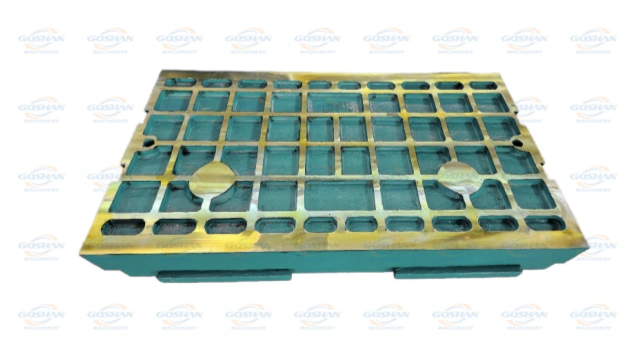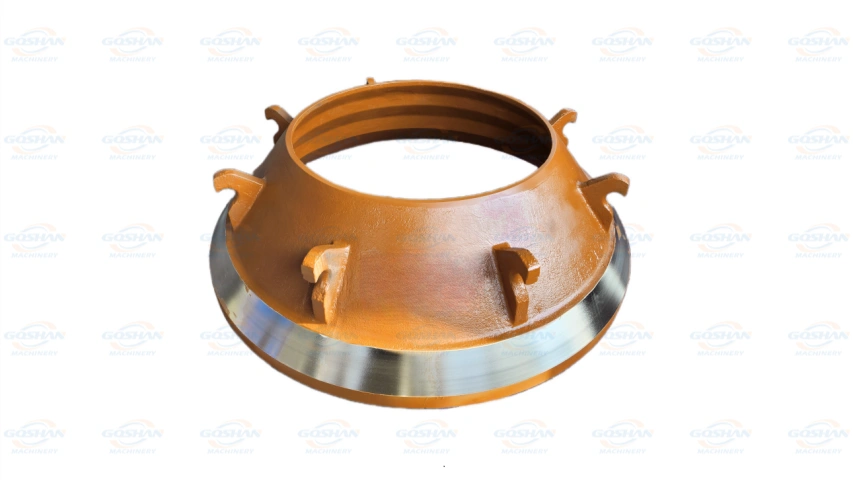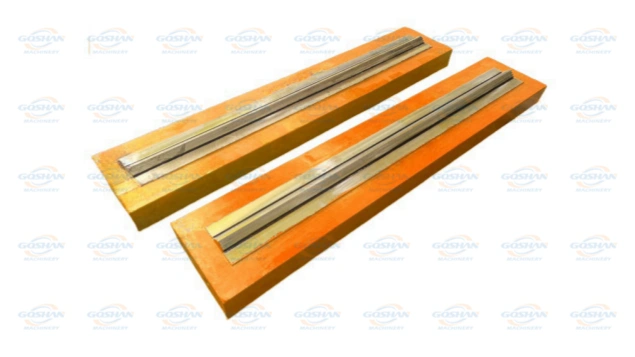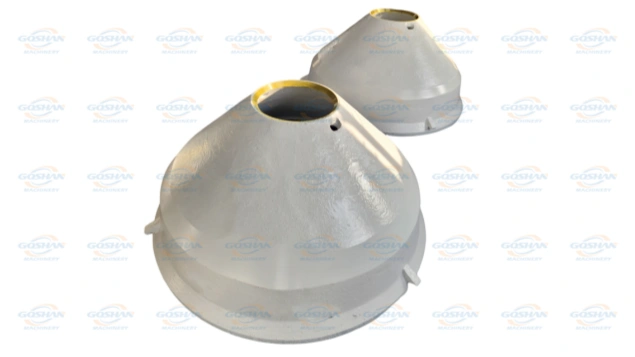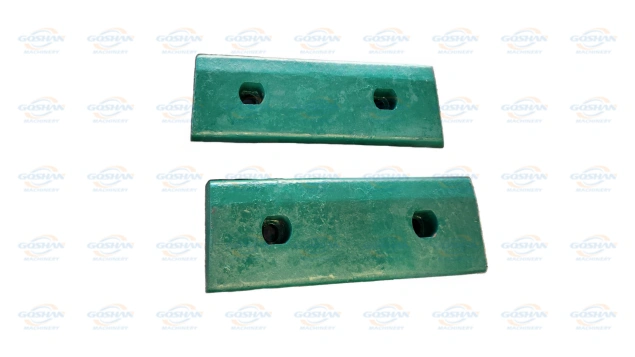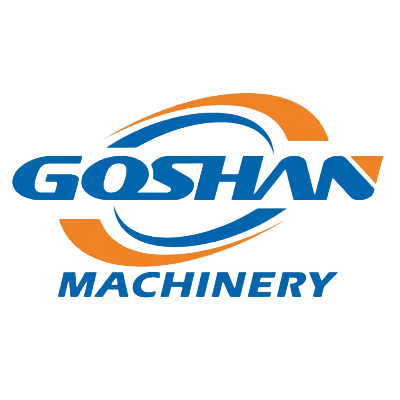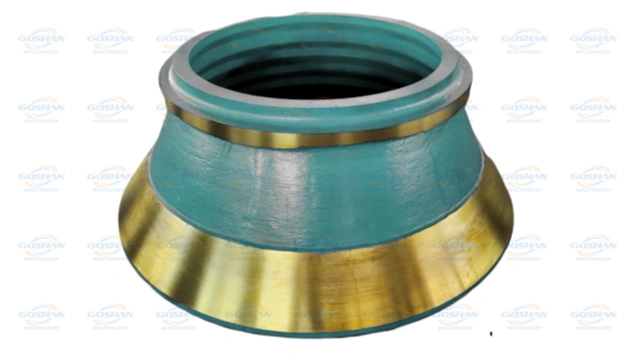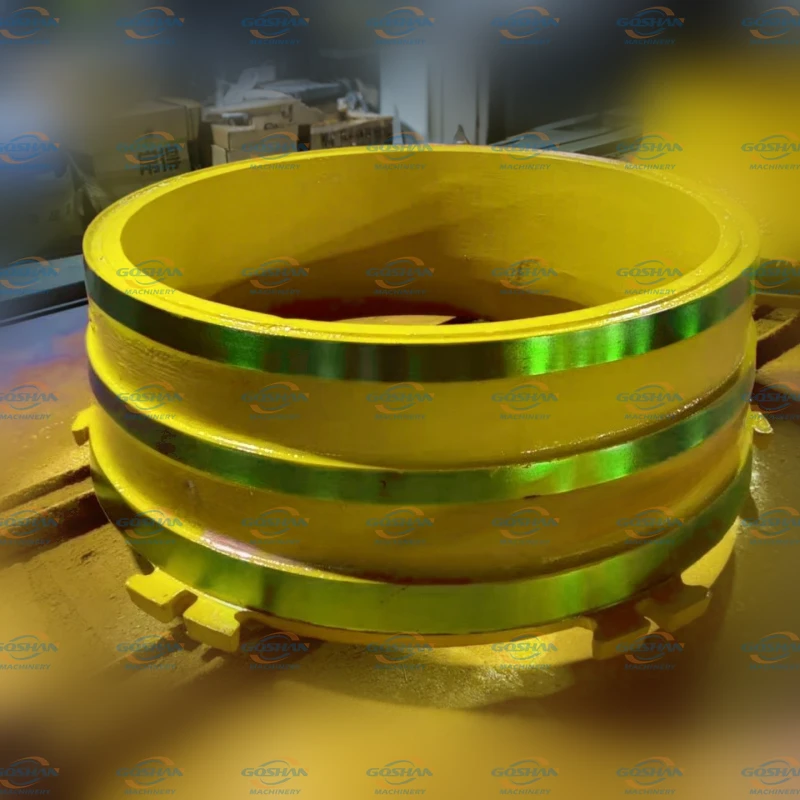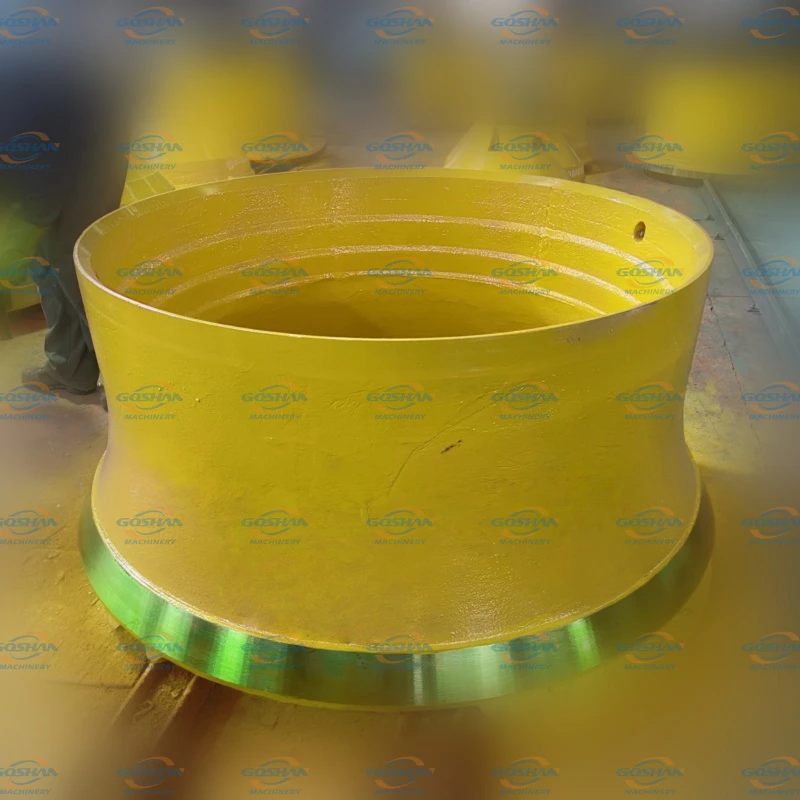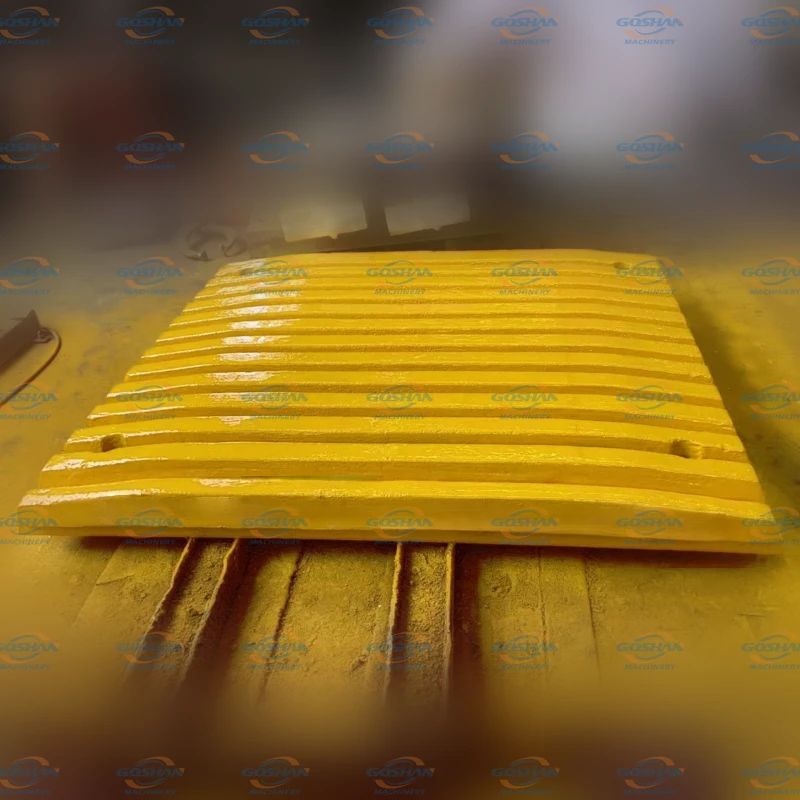Improving the Durability of the Jaw Plate by improving the Material
As the core equipment in the metallurgical and mining industries, the jaw plate of the jaw crusher are subjected to severe impact and wear when crushing high-hardness materials. Traditional high-manganese steel (such as Mn13Cr2) is prone to early failure under complex working conditions due to its insufficient work hardening ability, resulting in high equipment maintenance costs. In order to improve the life of wear-resistant parts, Goshan Machinery, based on material theory and production practice, worked with a mining customer in Mexico to complete a material upgrade project. By using ultra-high manganese steel Mn18Cr2 to replace traditional materials and relying on the Italian well-known brand GNR spectrometer to achieve precise composition control, the service life of the jaw plate was ultimately increased by 50%, saving the customer more than $20,000 in annual maintenance costs.
In the research and development of Mn18Cr2
- Carbon (C): Increasing the carbon content can improve the wear resistance of ultra-high manganese steel, but its toughness and fracture resistance will be reduced accordingly. Taking both properties into account, the carbon content is between 1.15% and 1.35%.
- Silicon (Si): Silicon acts as a deoxidizer in high manganese steel. However, when the silicon content exceeds 0.6%, it will cause coarse grains in high manganese steel and reduce the solubility of carbon in austenite, especially the wear resistance and toughness of steel. The silicon content is 0.3%-0.5%.
- Manganese (Mn): Manganese has a good deoxidizing ability and can reduce FeO in steel to iron, improving the quality of steel. It can also form MnS with sulfur, thereby reducing the harmful effects of sulfur. It reduces the brittleness of steel and improves the hot working properties of steel. Manganese can be mostly dissolved in ferrite to form a substitutional solid solution, which strengthens the ferrite and improves the strength and hardness of steel. The jaw plate will be subjected to strong impact force during operation, which can effectively stimulate the impact hardening characteristics of ultra-high manganese steel. Correspondingly increasing the manganese-carbon ratio can improve its impact resistance and wear resistance. The manganese content is 17.5%-18.5%.
- Phosphorus (P) and sulfur (S): Both are harmful elements. Excessive sulfur and phosphorus will make high manganese steel more prone to cracking. The quality of raw materials such as scrap steel and alloys can be controlled to keep their content at a low level.
- Chromium (Cr): Since chromium will dissolve in austenite after water toughening of high manganese steel, it will enhance its stability. Therefore, adding appropriate chromium to ultra-high manganese steel can further improve its wear resistance, and the chromium content is taken as 1.5-2.5%.

Process and quality assurance
In the melting and casting stage, the electric arc furnace and LF refining dual process are used to reduce the oxygen content to below 25ppm, and the pouring temperature is controlled at 1480℃ to reduce the internal pores and inclusion defects of the casting. During water toughening, 1050℃ solid solution insulation is used to fully dissolve the carbides in austenite, and then water quenching forms a single-phase structure. After heat treatment, the GNR spectrometer conducts secondary verification of the surface composition to ensure the uniformity of the material – the measured composition deviation of different parts of Mn18Cr2 is ≤0.05%, which is much better than the industry standard of 0.15%.The measured data of the Mexican copper mine show that the wear of the optimized jaw plate per 10,000 tons of ore is reduced from 1.2 kg to 0.79 kg, the service life of a single set is extended to 128,000 tons, and the annual replacement frequency of customers is reduced by 33%. According to the SEM analysis, a dense hardened layer is formed on the surface of the jaw plate after service, and the microhardness gradient distribution characteristics are significant, which proves that the material design has successfully achieved the performance matching of “high hardness on the surface and high toughness in the core”.
Technological innovation and quality assurance
This practice verifies the decisive role of precise control of composition on material performance. As a key quality assurance equipment, the high-precision detection capability of the GNR spectrometer not only helps stabilize the Mn/C ratio (14.6-15.8), but also improves the material’s resistance to crack propagation by 18% by reducing the sulfur and phosphorus content. In the future, Goshan Machinery plans to link spectral data with heat treatment parameters, establish a dynamic process adjustment model, and explore the gain effect of rare earth element microalloying on grain boundary strengthening, and continue to promote the technical upgrading of wear-resistant parts.
Key equipment support
Goshan Machinery uses the well-known Italian brand GNR spectrometer, which has a detection accuracy of up to 0.001%. It can monitor the fluctuation of element content during the smelting process in real time to ensure that the Mn18Cr2 composition is strictly controlled within the design range. For example, in the Mexican project, the equipment successfully identified the problem of a 0.12% deviation in manganese content in a batch, and avoided the degradation of material properties through immediate process adjustment. The efficiency and reliability of the spectrometer provide a solid guarantee for product quality.

.webp)
